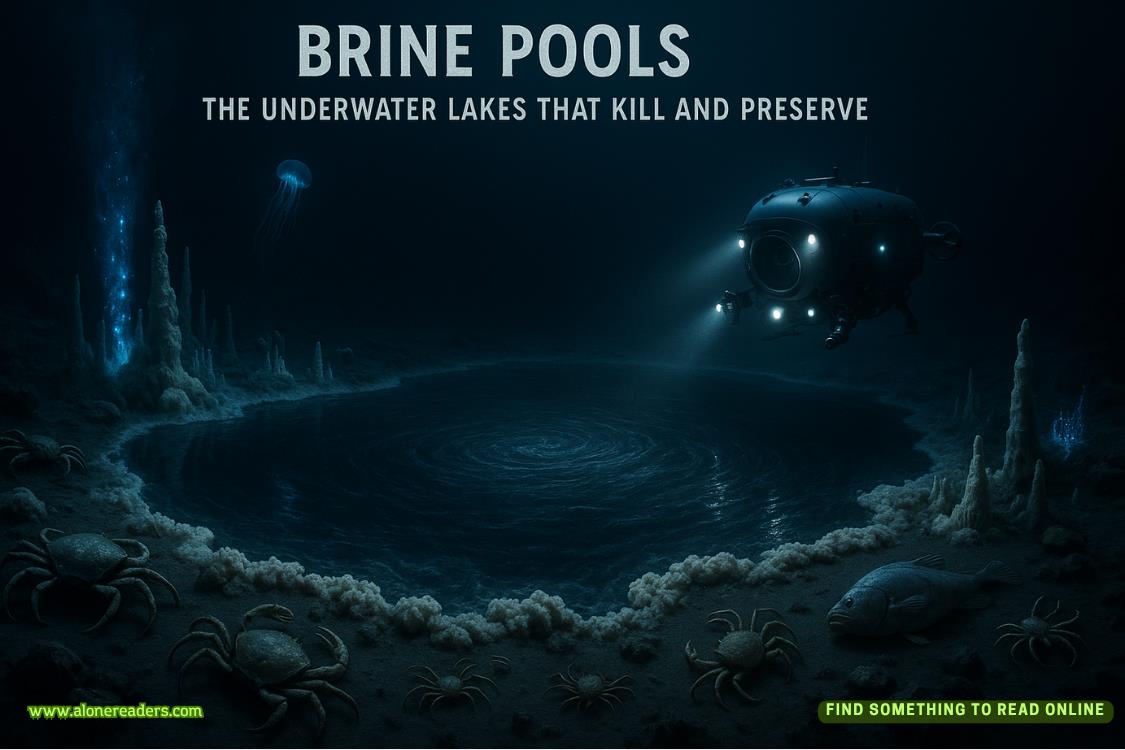Page 86 of If You're Reading This
The conversation with Tom Zimmerman had given them their first real lead—confirmation that someone was acquiring sedatives, that there was a methodical plan behind Morgan’s disappearance.
But it also left him feeling more helpless than ever.
He and his team had a plan for tomorrow night at Chena Lake. Equipment to prep, positions to scout, contingencies to discuss. But right now, at four in the afternoon with nothing concrete to do, the waiting was eating him alive.
Inside his house, Logan tossed his keys on the kitchen counter and opened the refrigerator. He stared at its contents—leftover takeout from a week ago, a few cans of soda, and condiments that probably needed throwing out.
He closed it without taking anything.
Morgan had been missing for six days.
Six days of being held by someone twisted enough to stage elaborate death scenes, someone who saw human beings as props in his sick artistic vision.
Logan tried not to think about what she might be enduring, but the thoughts crept in anyway.
He needed a distraction.
He flicked on the television and dropped onto his couch, scrolling through channels until he found the local news. Maybe there’d been some development he hadn’t heard about, some piece of information that could?—
His thumb froze on the remote.
Captain Ashcroft stood behind a podium bristling with microphones, the Alaska State Trooper emblem prominent on the wall behind him. The banner at the bottom of the screen read “LIVE: Update on Fairbanks Serial Killer.”
“—can confirm that we’re treating these deaths as connected.” Ashcroft’s voice carried that tone of authority that played well on camera. “The victims—Ryan Mercer, Daniel ‘Knox’ Kohler, and Reuben Walsh—were all killed in what appears to be an elaborate staging meant to replicate local photography.”
Logan leaned forward.
“We’re pursuing multiple leads and expect to make an arrest soon,” Ashcroft continued. “The public should be aware that this individual is extremely dangerous and should not be approached under any circumstances.”
A reporter raised her hand. “Captain, can you confirm reports that missing photographer Morgan Riley is connected to these murders?”
Ashcroft’s expression tightened almost imperceptibly. “We are treating Ms. Riley’s disappearance as a priority case. At this time, we believe she may have information relevant to our investigation.”
Logan’s jaw clenched.
Information relevant to the investigation?
She wasn’t a witness—she was a victim.
But Ashcroft was spinning it like she might be involved somehow.
Anger flooded through Logan.
“Is it true that the killer is recreating Ms. Riley’s photographs?” another reporter called out.
“I can’t comment on specific details of the investigation,” Ashcroft said. “What I can say is that we have dedicated significant resources to this case and are working around the clock to bring this individual to justice.”
The camera angle shifted, and Logan caught a glimpse of Ashcroft’s expression when he thought he was off-camera.
There was something there—satisfaction, maybe even excitement.
Like he was enjoying the attention.
Logan grabbed the remote and rewound the segment, watching Ashcroft’s performance again. The man was polished, professional, and said all the right things.
But something about this whole press conference felt off. Too rehearsed. Too perfect.
Logan stared at the frozen image of Ashcroft on his screen.















